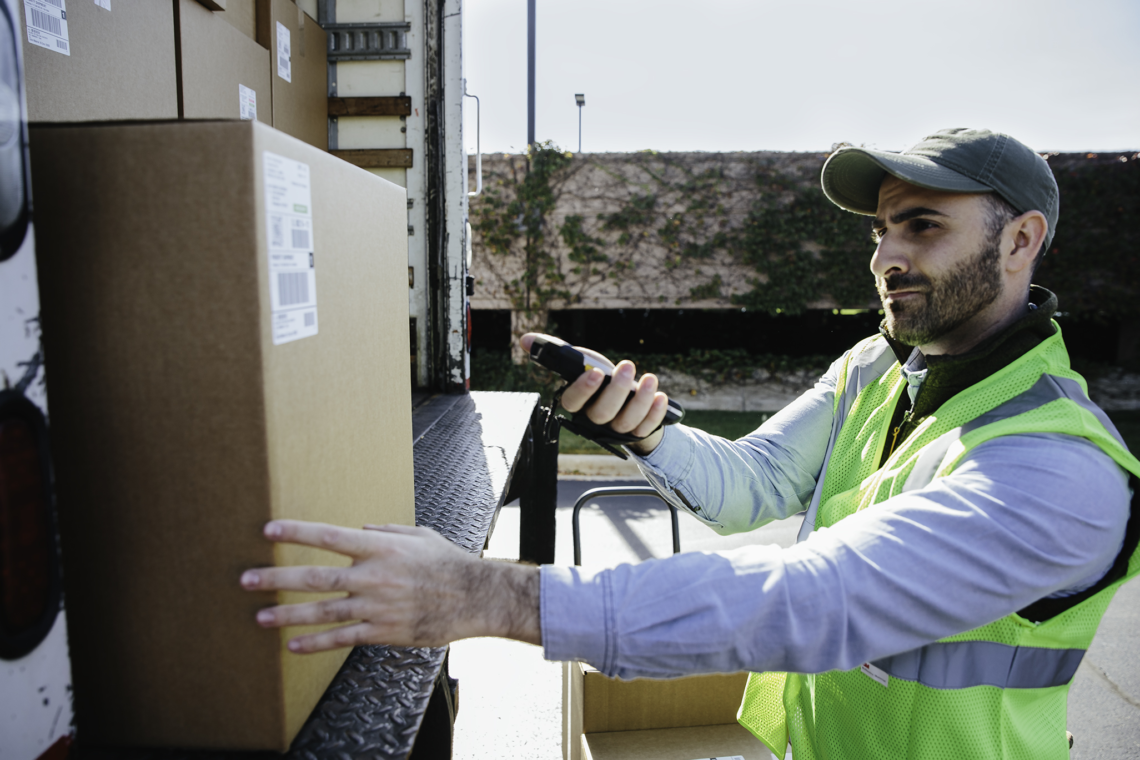Barcodes look simple enough, and technology has made it easy to use this process for data collection. But with so many uses for barcodes today, you need to pay attention to the label media you choose. Some are designed for specific purposes, like cold storage or affixing to a curved surface. If you don’t choose the right barcode labels, you’ll risk losing the data that this process is intended to provide. That could mean anything from printer damage and downtime to a product recall.

Understand Barcode Labels Easily with “PRESS”
When assessing your options, we follow the acronym “PRESS” that is suggested by Zebra, one of the global leaders in barcode printers, labels, and supplies.
P = Printer: Choose a barcode label that matches the specifications of your thermal printer: print speed (inches per second or ips) and print resolution (dots per inch or dpi). Some labels are designed to print at faster or slower speeds, and won’t serve you well at a different print speed. If you’re using a high-resolution printer (e.g., 600 dpi), don’t expect a label designed for 300 dpi to produce the same clarity and definition.
Your thermal printer’s specs will also identify the material thickness and roll size, as a minimum and maximum output size.
R = Resistance: Will your barcode label have to withstand tough conditions, like exposure to chemicals or contact with other surfaces? Some label media is coated to protect the printed barcode from chemicals, light, and abrasives that could smudge or destroy the barcode. Window cleaners and water are considered weak; alcohol and bleach are moderate chemicals; but oil, gasoline, acetone, and xylene can ruin a label that isn’t printed on the right media. Exposure to UV and fluorescent light can fade it.
E = Environment: Barcodes that will be exposed to extreme temperatures require a specific type of substrate and adhesive that stands up to those conditions. If you’re producing barcodes for products or parts that will come in contact with intense cold (freezers, outdoors), heat (sterilizing), or moisture (steam, rain, snow), look for a synthetic barcode label that is manufactured for these environmental situations.
S = Surface: Consider the type of surface where the label will be applied. A smooth surface could be flat or curved, and that makes a difference in the media. A rough surface presents a different challenge. The type of surface material also impacts the barcode label adhesive you choose. Metal, paper, plastic, and corrugated have different characteristics for adhesion.
S = Size: The dimensions of your label are obviously critical to choosing the right barcode labels. Are you printing multiple labels side by side? Would rolls be the better choice for your printing volume? Your supplier can advise you on the best choice to fit the size of the barcode labels.

Avalon Integration can guide you through the barcode label choices so you’re sure to get the ideal pairing with your printer and purpose. We have partnered with Zebra to ensure the quality, consistency, and unmatched selection of thermal printing supplies. We also provide pre-printed labels and custom labels. Contact Avalon Integration to maximize the ROI in your barcode label printing.
Contact us today to learn more.


